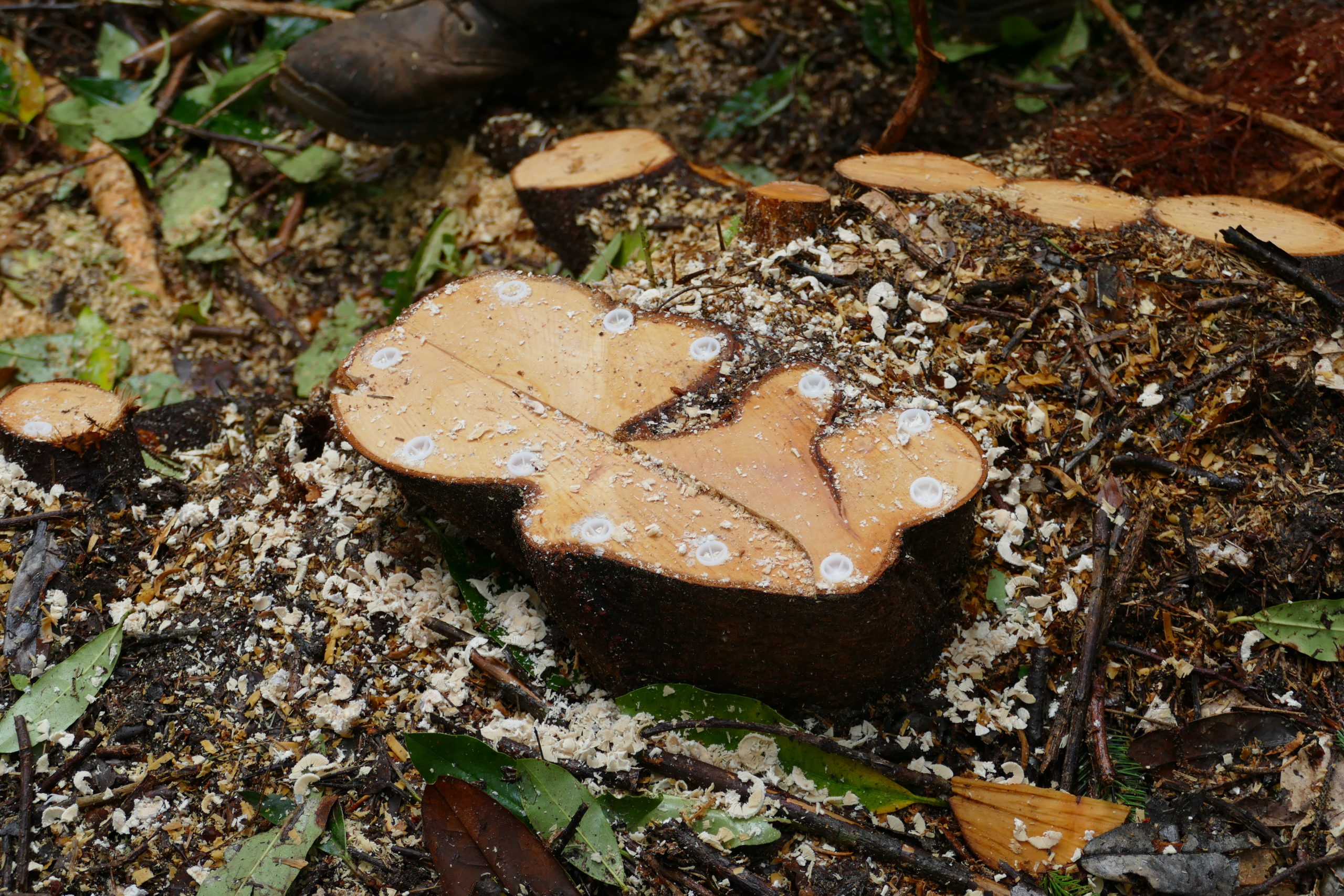23 April 2025: Coillte’s Hazelwood Forest in Co. Sligo has been voted this year’s winner of the Native Woodland Conservation Award in the 2025 RDS Forest and Woodland Awards. The RDS Forest and Woodland Awards are Ireland’s national forestry awards. The Native Woodland Conservation Award recognises excellence in the conservation and management of Ireland’s native forests &hellip





